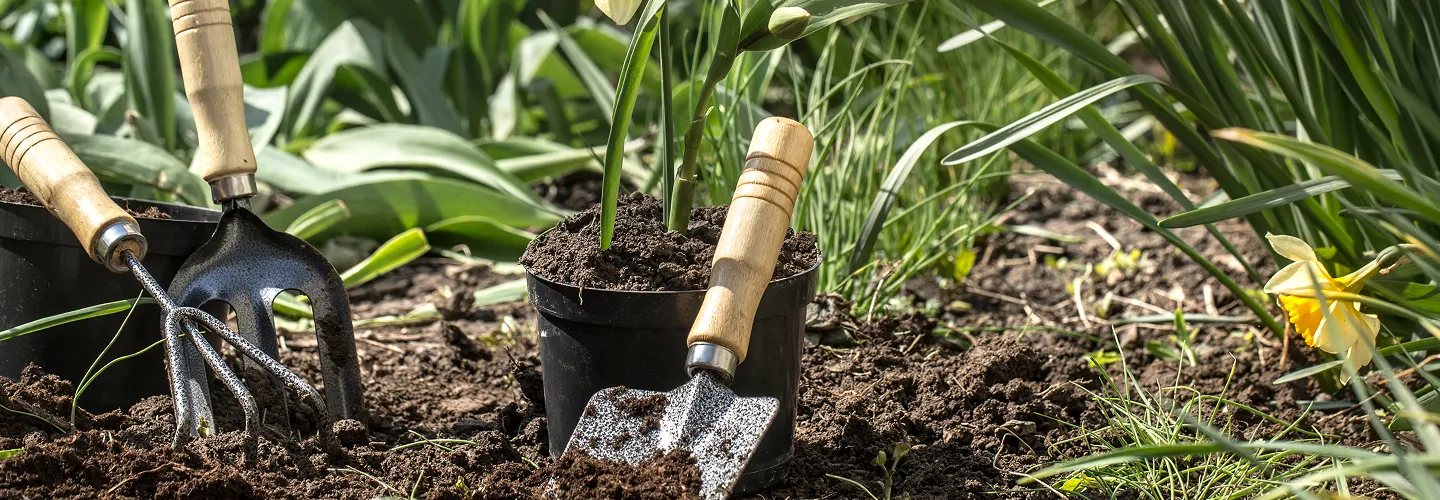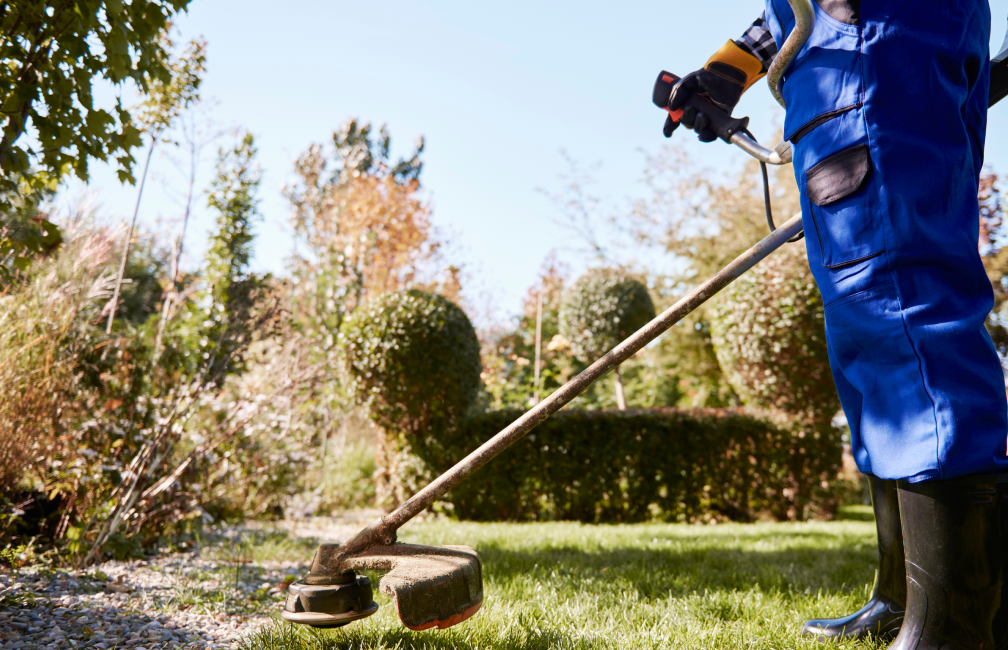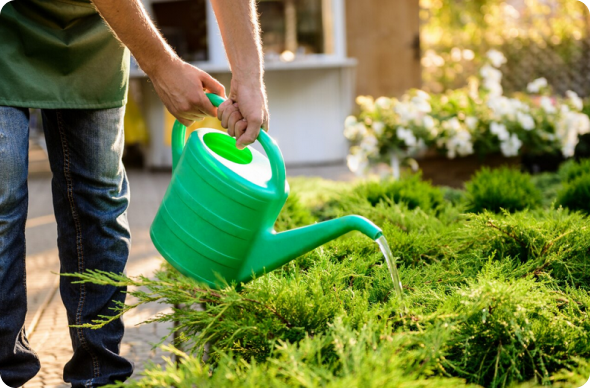
Abington Pruning Services
Choose our professional pruning services to enhance your landscape’s beauty, promote healthy growth, and ensure the safety of your property—all delivered with precision and care by our experienced team.
Get a Free QuoteBenefits of Pruning in Abington

Enhanced Plant Health
Improved Curb Appeal
Increased Sunlight Exposure
Disease Prevention
Professional Expertise
Timely and Reliable Service

Abington Pruning Types
Crown Thinning
Crown Raising
Crown Reduction
Deadwooding
Formative Pruning
Pollarding
Vista Pruning
Our Pruning Process
Site Evaluation
Plant Selection
Targeted Pruning
Debris Removal
Final Inspection
Why Choose Abington Landscape Services

Abington Homeowners Trust Us
Expert Lawn Maintenance
Competitive Pricing
Professional Team
Satisfaction Guarantee
Personalized Service
Reliable Scheduling
When to Schedule Pruning in Abington, MA – Seasonal Guide
Pruning in Abington, MA, is best scheduled with careful attention to our region’s unique climate and landscape. The ideal time for most pruning is late winter to early spring, just before new growth begins. This timing helps minimize plant stress and reduces the risk of disease, especially given Abington’s variable spring temperatures and the potential for late frosts. In neighborhoods like North Abington and near Island Grove Park, mature trees and established shrubs benefit from pruning after the coldest months have passed but before the sap starts to flow.
Local environmental factors play a significant role in determining the best pruning schedule. For example, areas with dense shade coverage, such as properties bordering Ames Nowell State Park, may require different timing than sunnier lots. Soil type, common in the sandy loam found throughout Abington, affects root health and recovery after pruning. It’s also important to consider municipal guidelines and seasonal drought risks, which can be found on the Town of Abington’s official website.
Local Factors to Consider for Pruning in Abington
- Proximity to frost-prone areas and average last frost dates
- Tree and shrub density on your property
- Terrain and drainage, especially in low-lying neighborhoods
- Annual precipitation and periods of drought
- Shade coverage from mature trees or nearby woodlands
- Local municipal restrictions or guidelines on pruning and debris removal